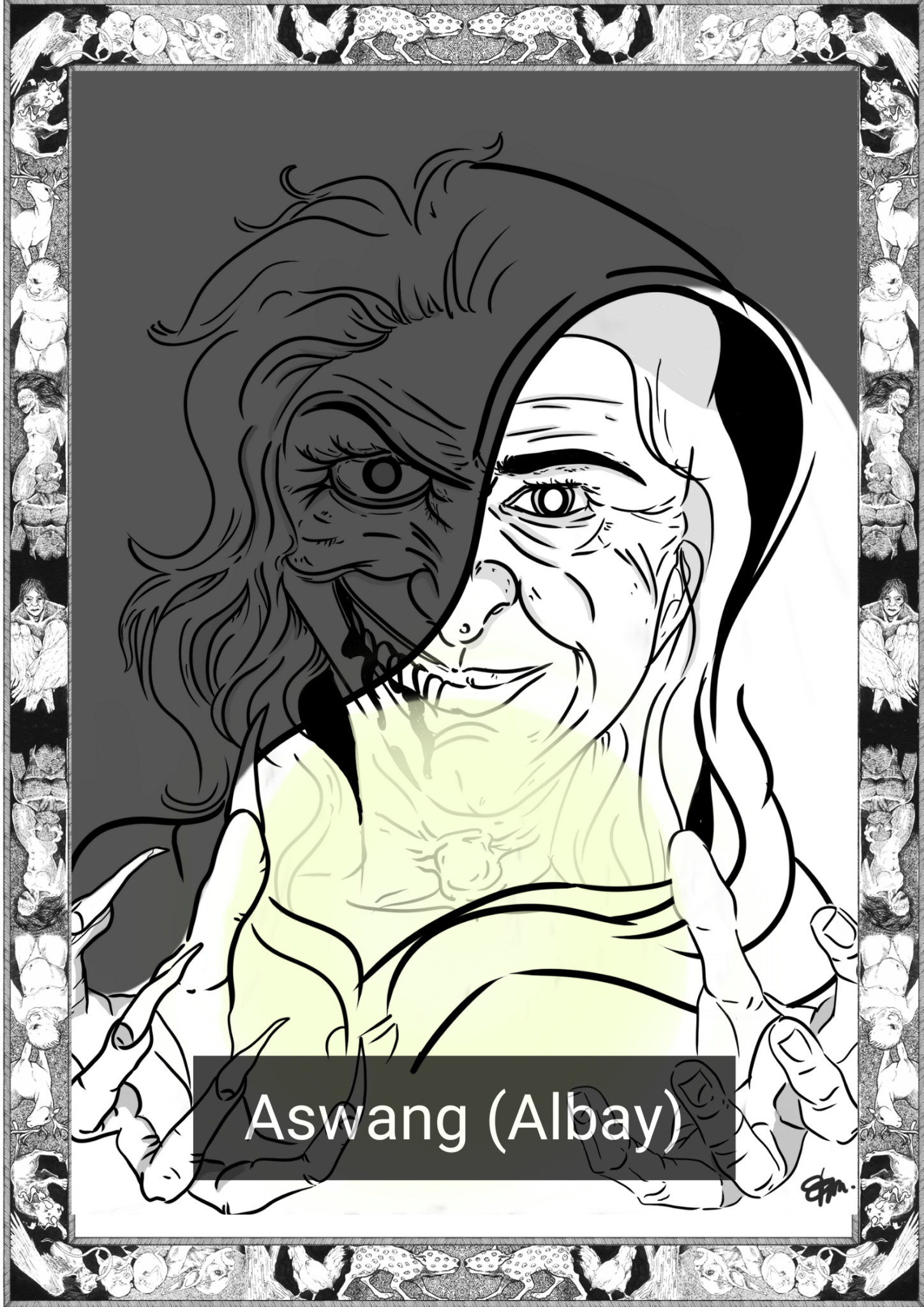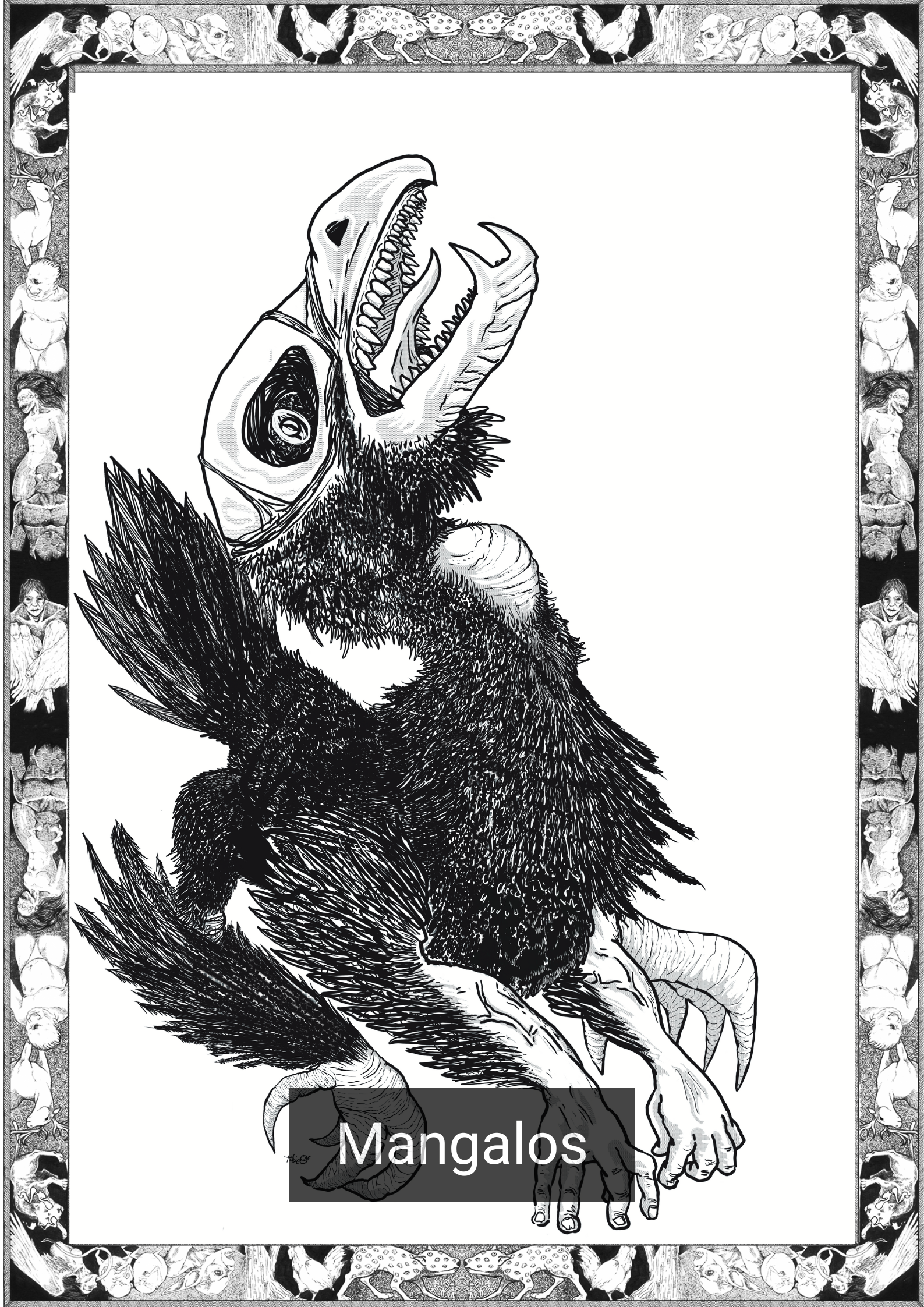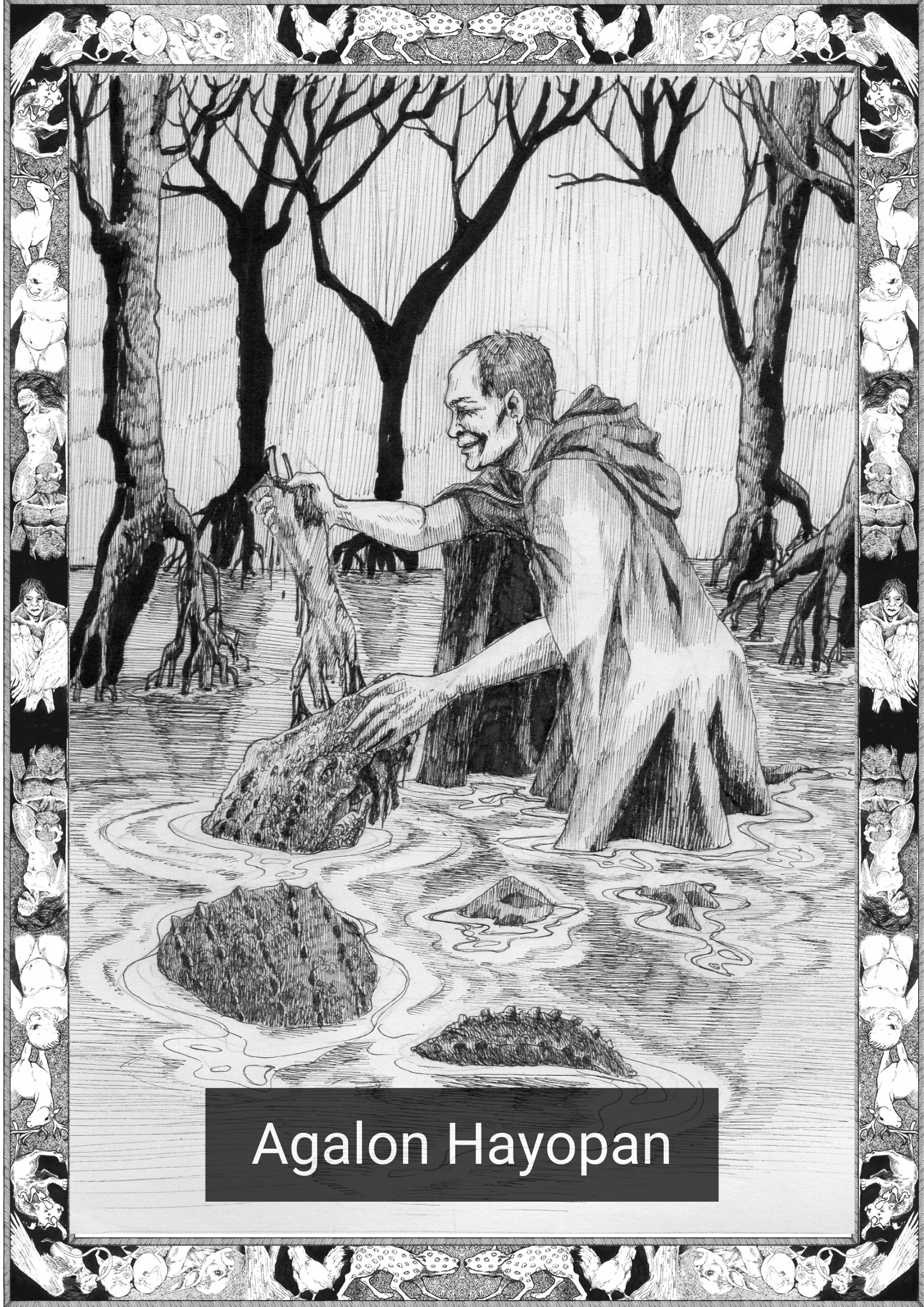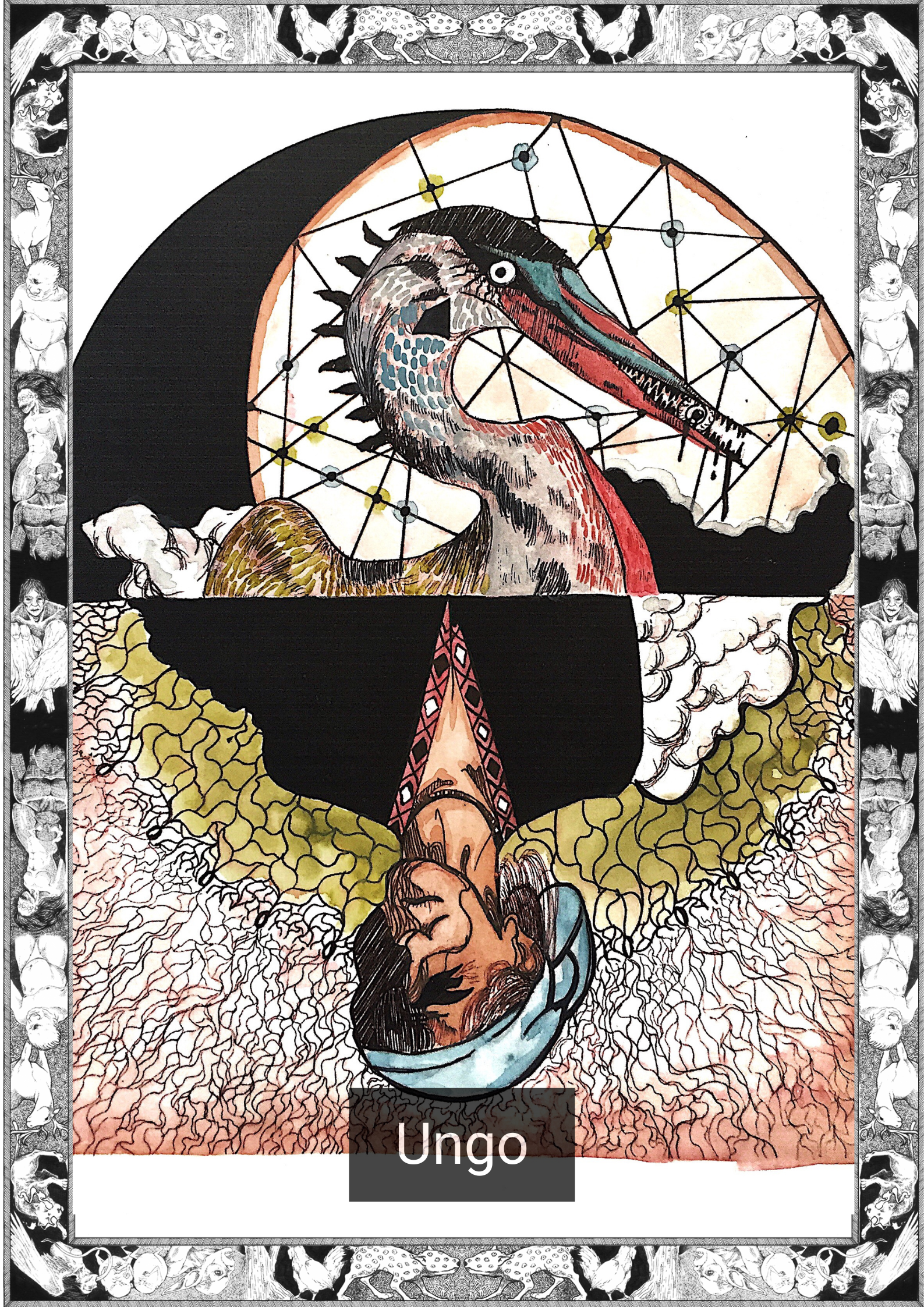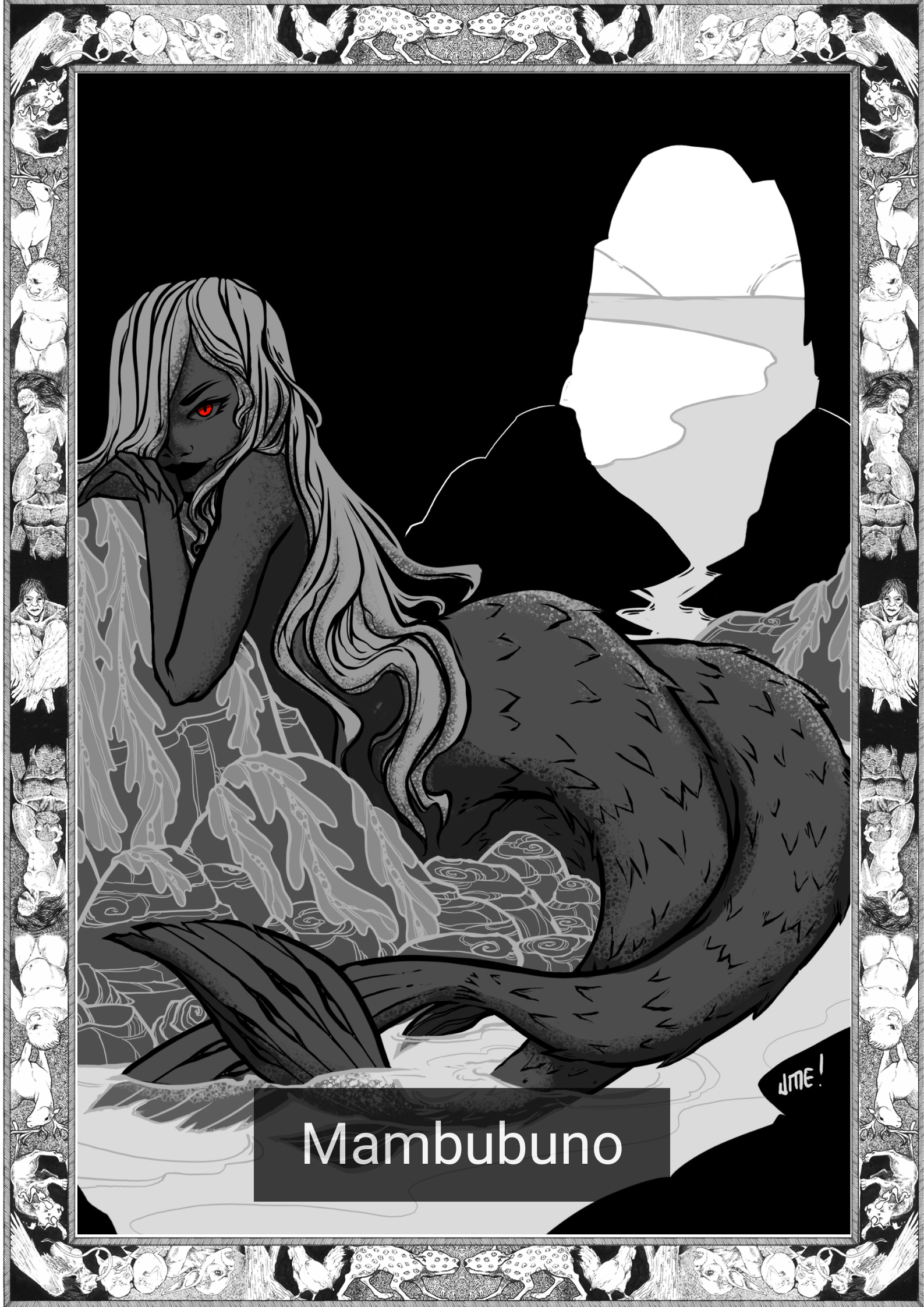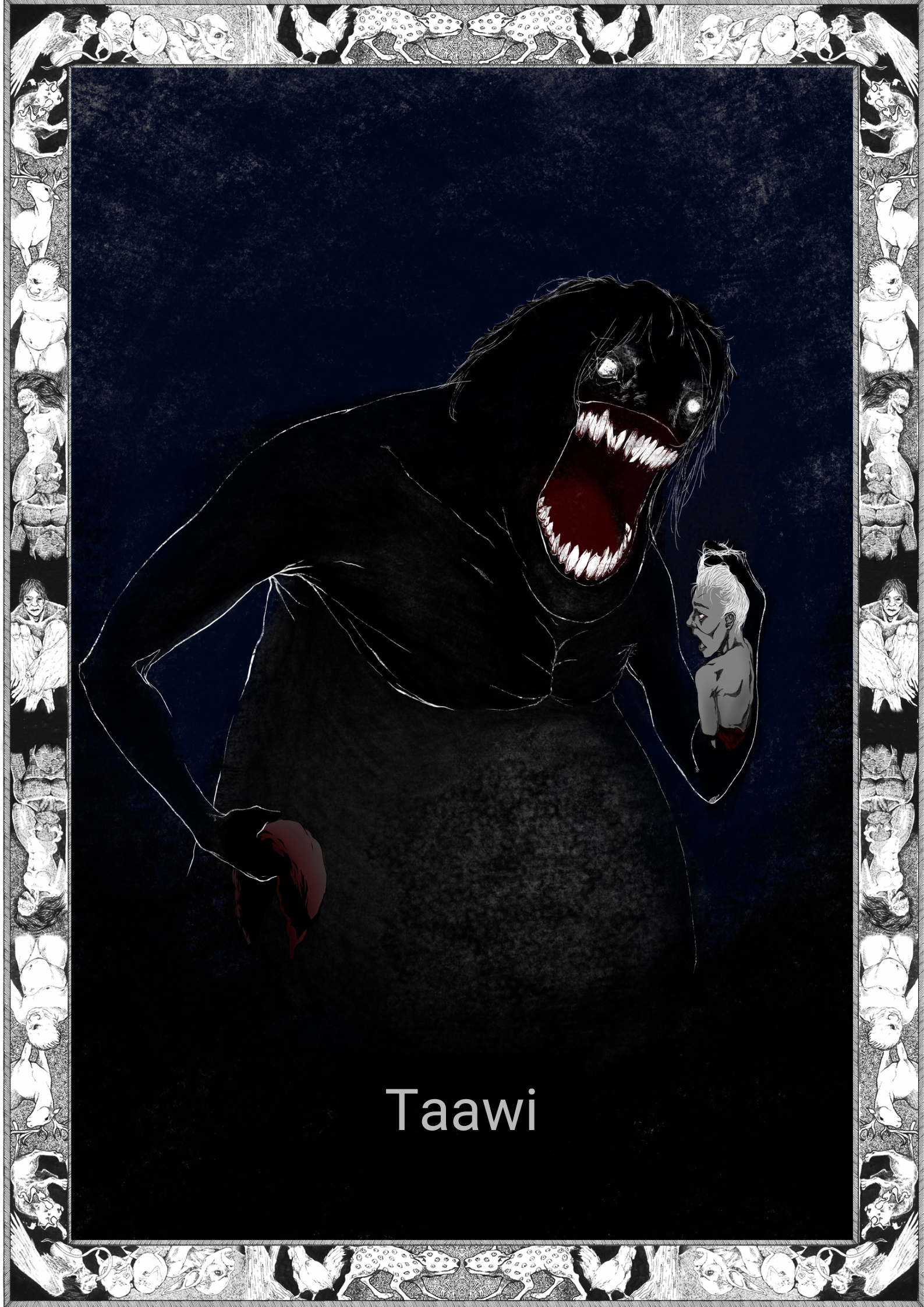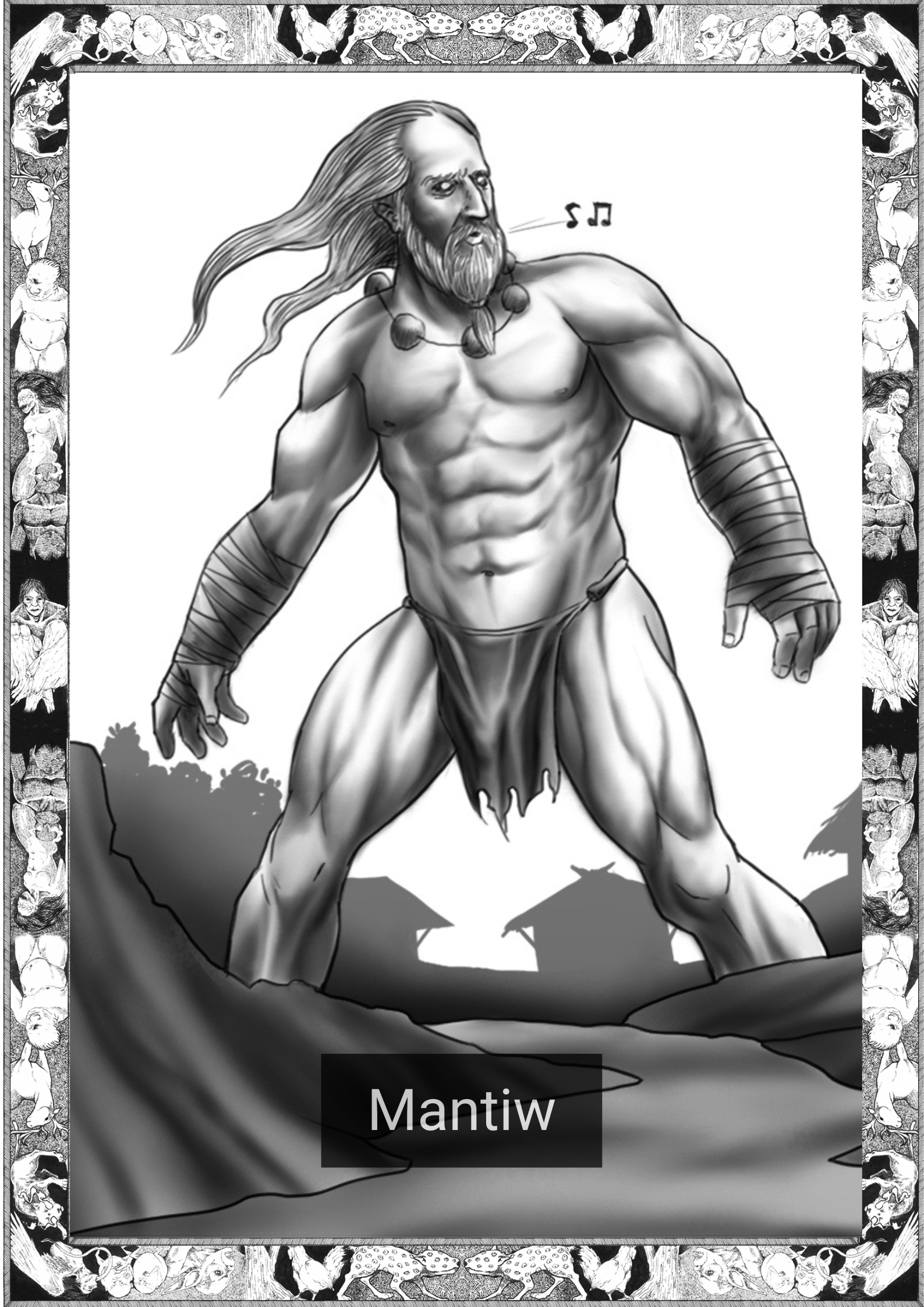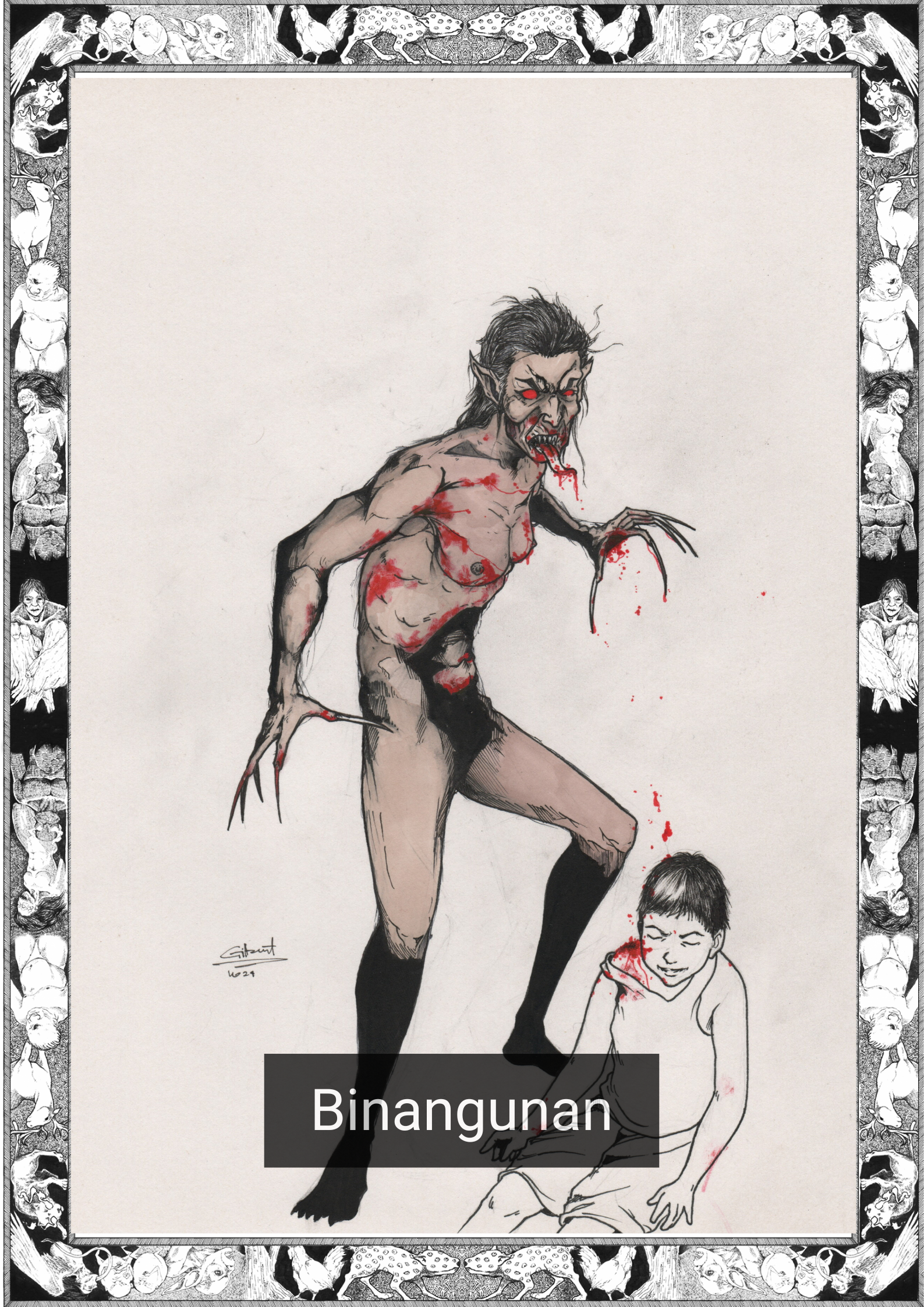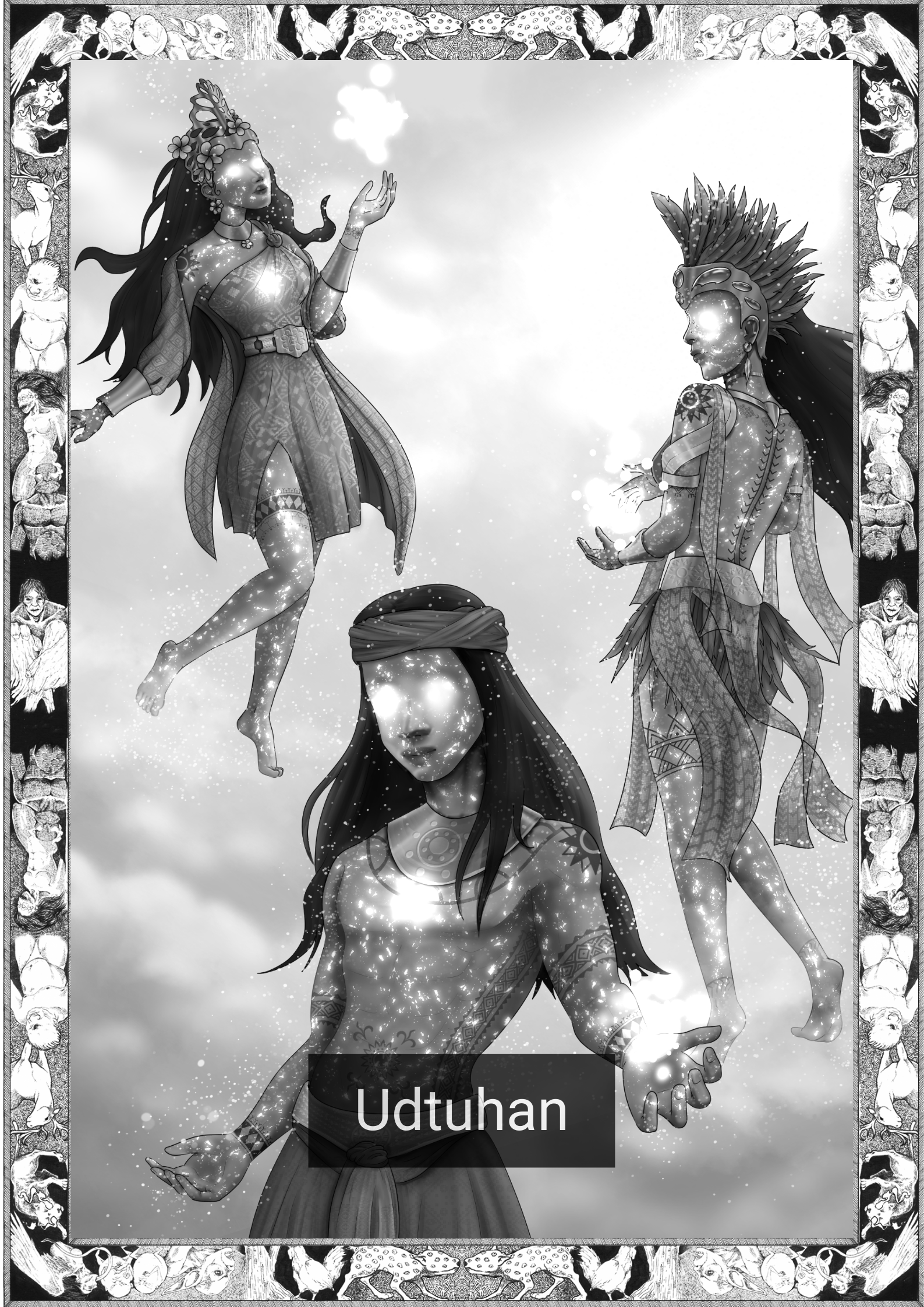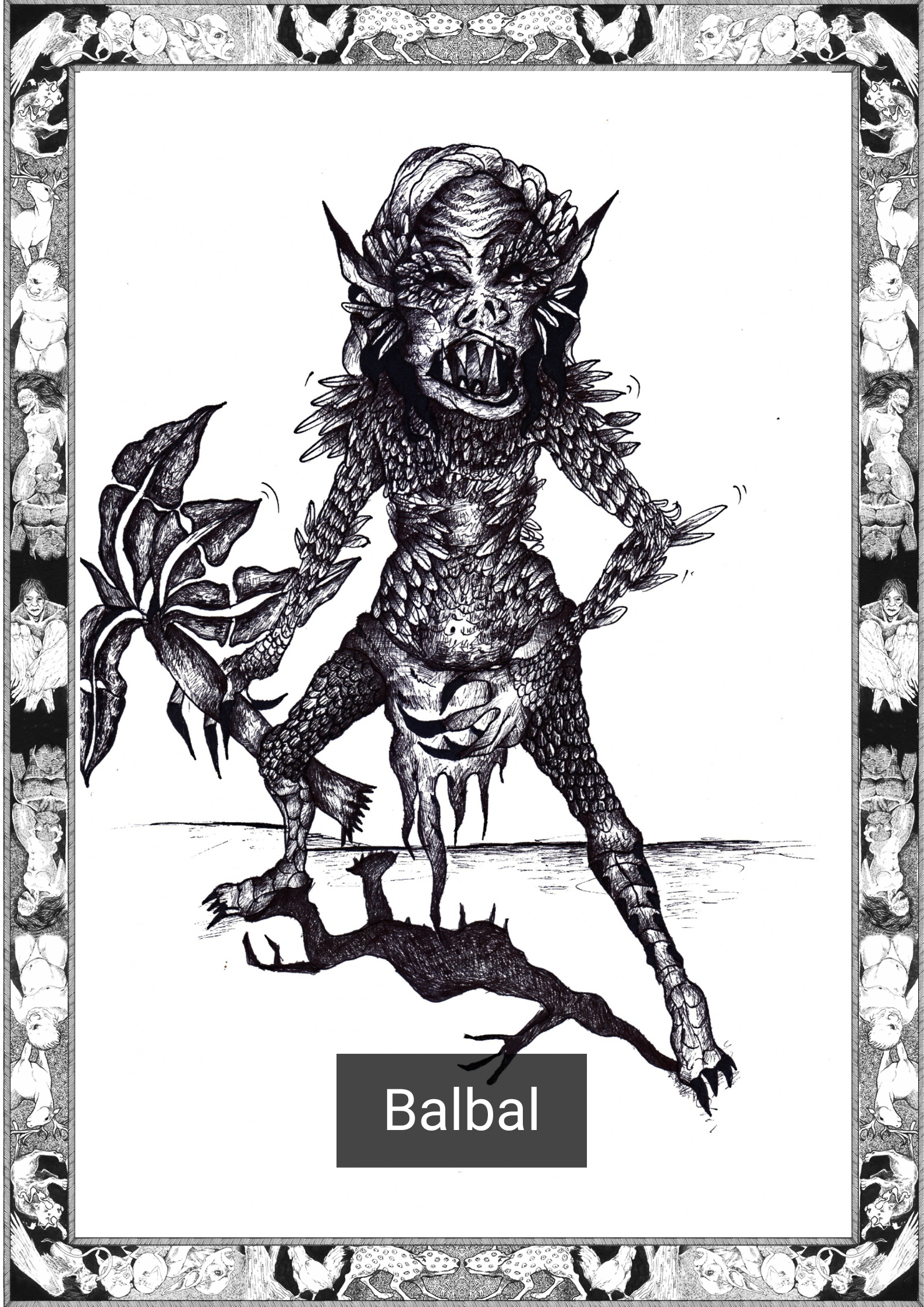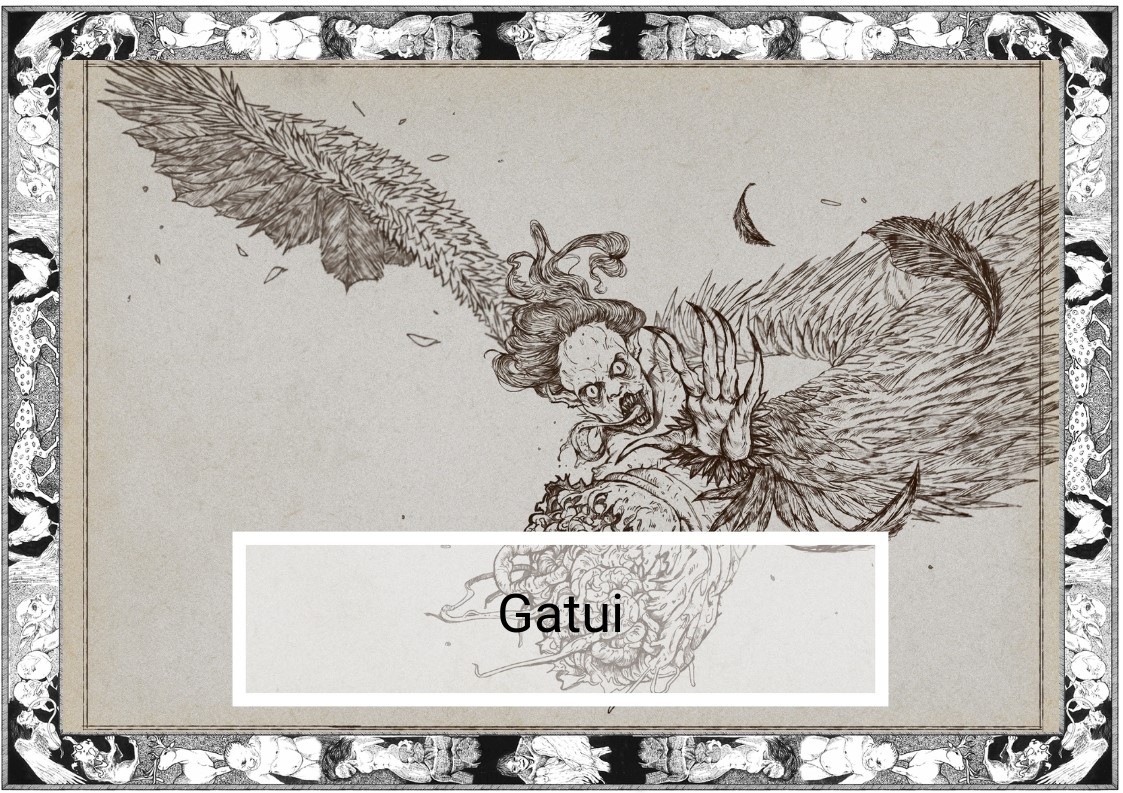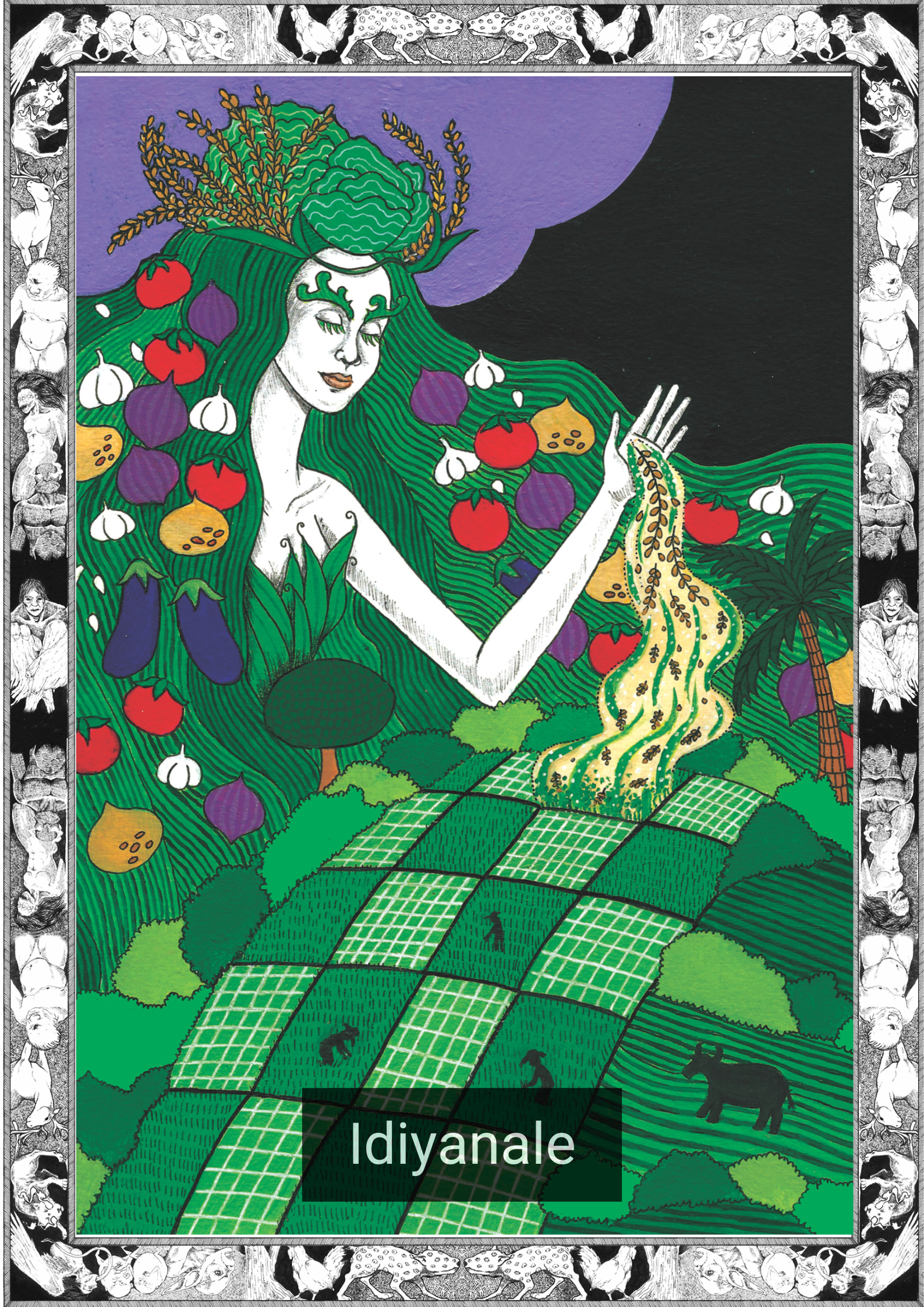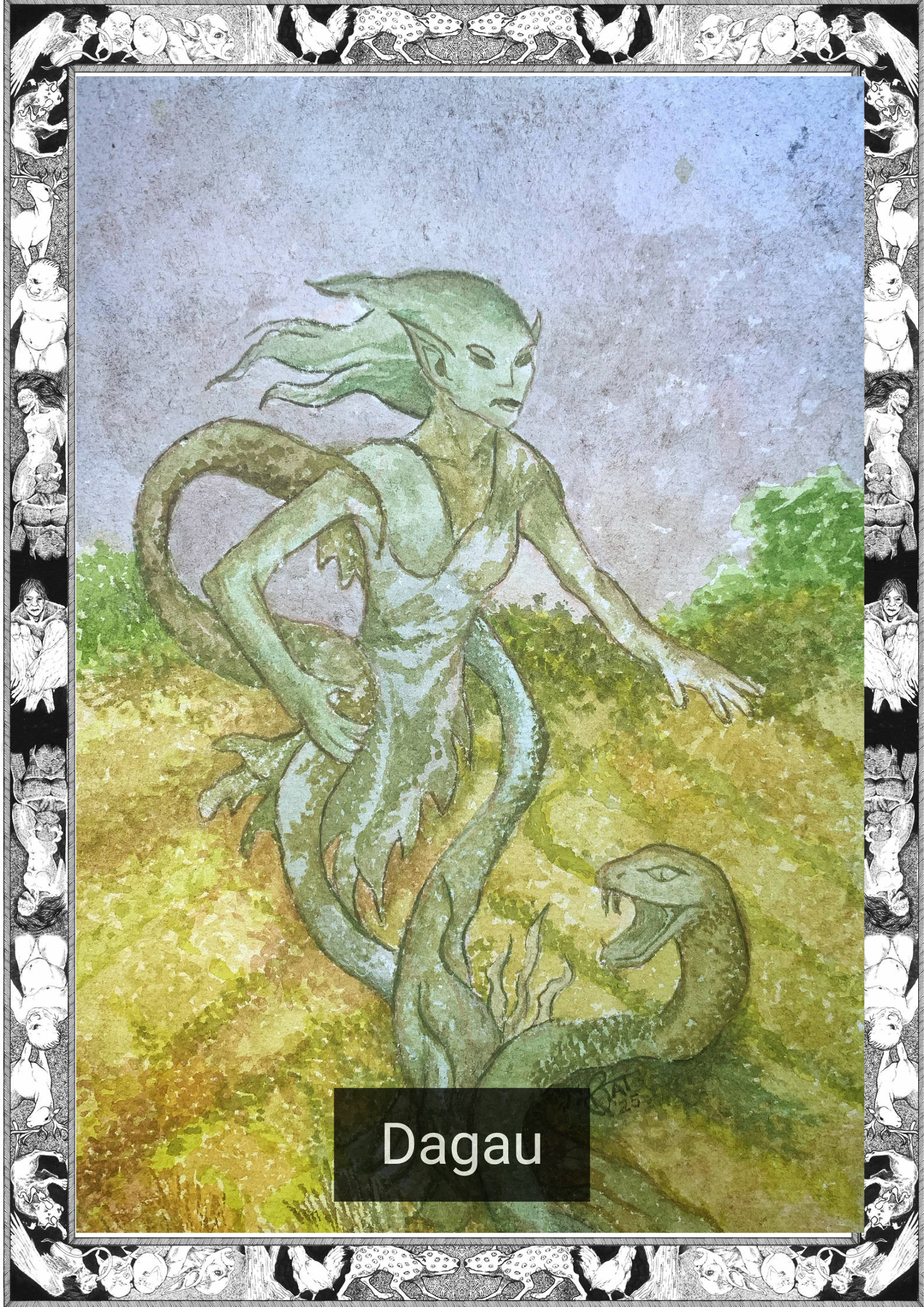
*Note this story is in Cebuano
Naa rana diha.
Akong panulundon.
‘Tong giignan ko sa akong apohan, gipaagi ra nakog katawa ang tanan.
Sa akong hunahuna, usa ra kini ka storya-storya.
Dayon nagpakita ang usa ka siwo-siwo.
Di kini nako maako nga dawaton.
Wala koy plano.
Pero dili na maantos sa akong lolo ang nabatiang sakit
Dili mabangbang nga kasakit.
Maong wala koy nahimo.
Kinahanglan gyod ko nimo tuohan niini.
Dili gyod ko ganahan nga buhaton kini.
Palihog lang ayaw na pag alkontra.
Wala koy laing nabuhat
Sukad nga akong kining gidawat nga gitawag nilag gasa.
Mahuman ra lage ni. Hapit na.
Pagsalig lang.
Dili mani butang nga akong gikat-onan.
Ang pagdawat nako sa maong gasa, akong buot na ang mimaniobra.
Dayon akong mga kuko nahimong ngadto sama sa mga agila.
Akong mga mata namula na.
Ug akong pamanit nangitom pa.
Nakita nako akong kaugalingon sa samin.
Ug ang mga istorya-istorya nia na sa akong atubangan.
Gibati kog kahadlok.
Pero labaw pa ana.
Gikutasan ko. Ang kagutom!
Kon motan-aw ko sa laing tawo.
Ang akong makita ang akong sunod nga panihapon.
Mangayo kog dispensa.
Pasaylo-a ko.
=————————————–=
Naggikan ang gahom sa usa ka aswang sa usa ka siwo-siwo (nagtibugol nga unod nga
makita sa tutunlan sama kadako sa usa ka piso). Bag-o mamatay ang usa ka aswang,
iyang ipasa ang siwo-siwo sa bisan kinsang miyembro sa ilang pamilya para
magpadayon ang iyang gahom. Mag-antos kini sa labihang kasakit hangtod
makadesidir ang usa ka miyembro sa iyang pamilya nga dawaton ang gahom. Ayha ra
dayon siya motaliwan nga adunay kalinaw.
=———————————-=
English Version
It’s there.
My birthright.
When my lolo told me about it, I just laughed it off.
I always thought they were fairy tales.
Then came the siwo siwo.
I wouldn’t have taken it.
I didn’t want to.
But lolo was in so much pain.
So much pain.
I had no choice.
You have to believe me.
I don’t want to do this.
Please stop resisting.
I can’t help it.
Not since I accepted the gift.
It will be over soon.
I promise.
It wasn’t something I learned.
Once I got the gift, instinct took over.
Then my nails turned into claws.
My eyes changed to red.
And my skin became black.
I saw myself in the mirror.
And the fairy tale before me.
I was scared.
But more than that.
I was hungry.
When I look at another person.
All I can see is my next meal.
I’m sorry.
I’m so sorry.
=————————————–=
Aswang draw their power from its siwo siwo (a chick shaped piece of flesh kept in its throat) Before the aswang dies, it must relinquish its siwo siwo to a member of its family so that its power will live on. It will suffer in pain until a family member decides to accept this power, then it dies in peace.
=—————————————=
*The Cebuano language, alternatively called Cebuan and also often colloquially albeit informally referred to by most of its speakers simply as Bisaya (“Visayan”, not to be confused with other Visayan languages nor Brunei Bisaya language), is an Austronesian regional language spoken in the Philippines by about 21 million people, mostly in Central Visayas, western parts of Eastern Visayas and most parts of Mindanao, most of whom belong to various Visayan ethnolingusitic groups, mainly the Cebuanos. It is the by far the most widely spoken of the Visayan languages, which are in turn part of wider the Philippine languages. The reference to the language as Bisaya is not encouraged anymore by linguists due to the many languages within the Visayan language group that may be confused with the term.
Written by Karl Gaverza
Cebuano Translation by Gil Nambatac
Copyright © Karl Gaverza
Translation Copyright © Gil Nambatac
Inspired by the Aswang description in Bikol Beliefs and Folkways: A Showcase of Tradition. Nasayao 2010.
Aswang (Albay) Illustration by Sandra Sison
IG: @cre8tv_
FB: Art by Sch3rb
